Tucked away among the winding backroads and rolling hills of Appalachia is Vest Berries farm. For more than 15 years the farm, boasting a variety of berries and produce, has been looked after primarily by Richard Vest. Vest used to spend much of his time farming, but he is now semi-retired and uses his free time to focus on his true passions, hunting and trapping.
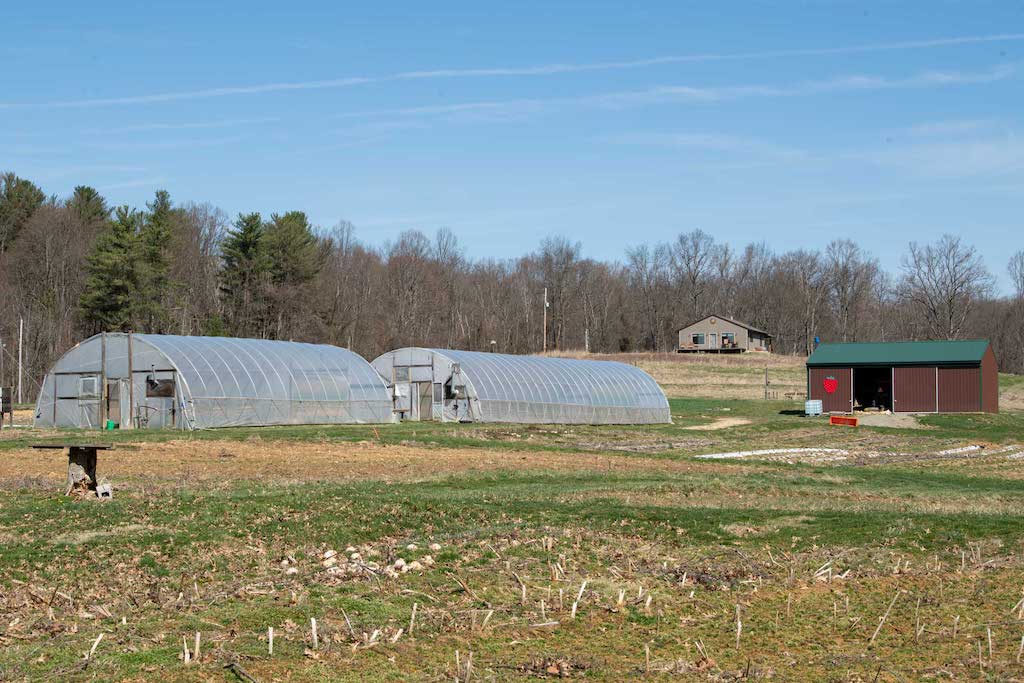
Vest has been refining his skills as a trapper for more than 50 years. He can look around and see signs of life everywhere. Small hints of animal presence like a tuft of fur or prints in the mud that many would simply walk past do not go unnoticed by a seasoned trapper like Vest. This comes as no surprise as Vest has been trapping ever since high school when he was 15 years old.
He knew people at his school who would trap with their fathers and one day he decided to join them. Ever since then trapping has been a key point in Vest’s life. It quickly took up most of his free time.
“When I was in high school, I typically would get up a couple hours before school started. [I would] either walk or drive to traps, check traps for a couple hours, before I went to school ,” he says. “Then, when I come home, I would maybe check some more [traps]… then in the evening, you skin what got.”
Vest would then sell his furs to various buyers and soon started a small business.
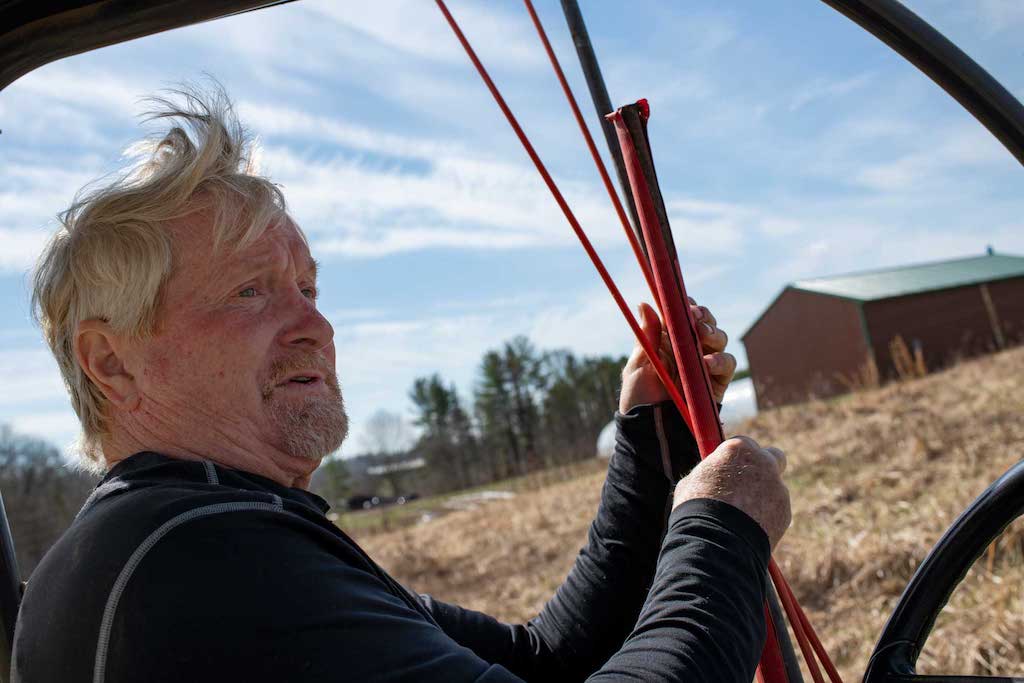
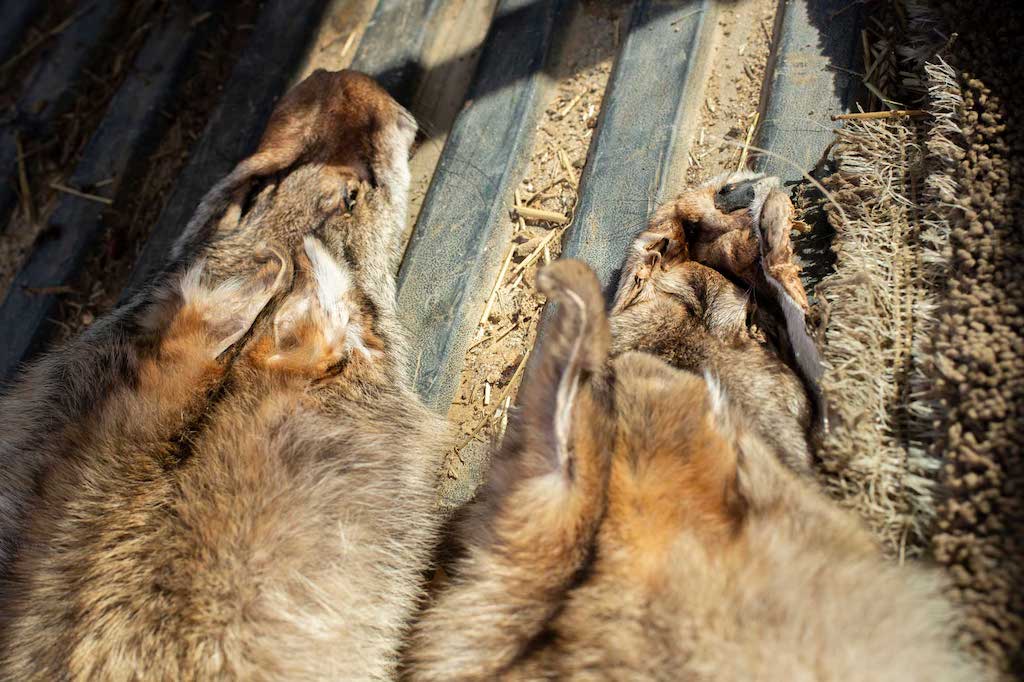
“It was fun a hobby. And, you know, I made a little bit of money,” he says.
Vest began trapping in his hometown on the Indiana-Ohio border but continued his passion when he moved to the Athens area to study wildlife management at Hocking College. While there, he met his wife and settled down to raise a family. With 80 acres of land, Vest now mainly traps on his property and typically traps raccoons and coyotes and hunts deer.
Over his years of trapping, the techniques have remained virtually unchanged.
“Pretty much the same techniques are being used today that have been for 100 years or more. They've been refined, I guess you could say.”
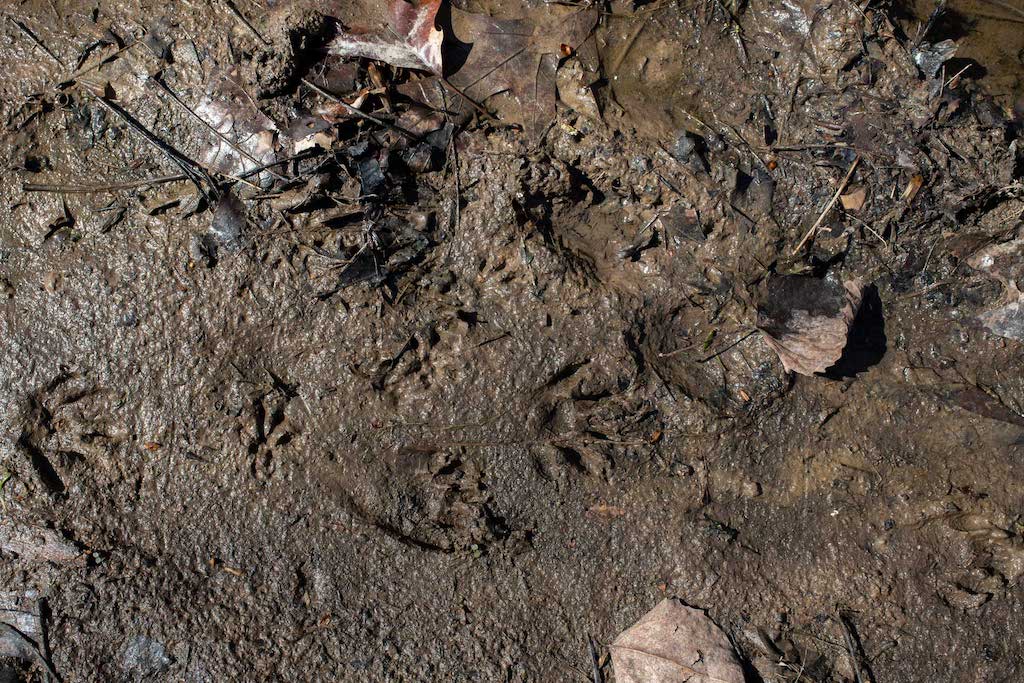
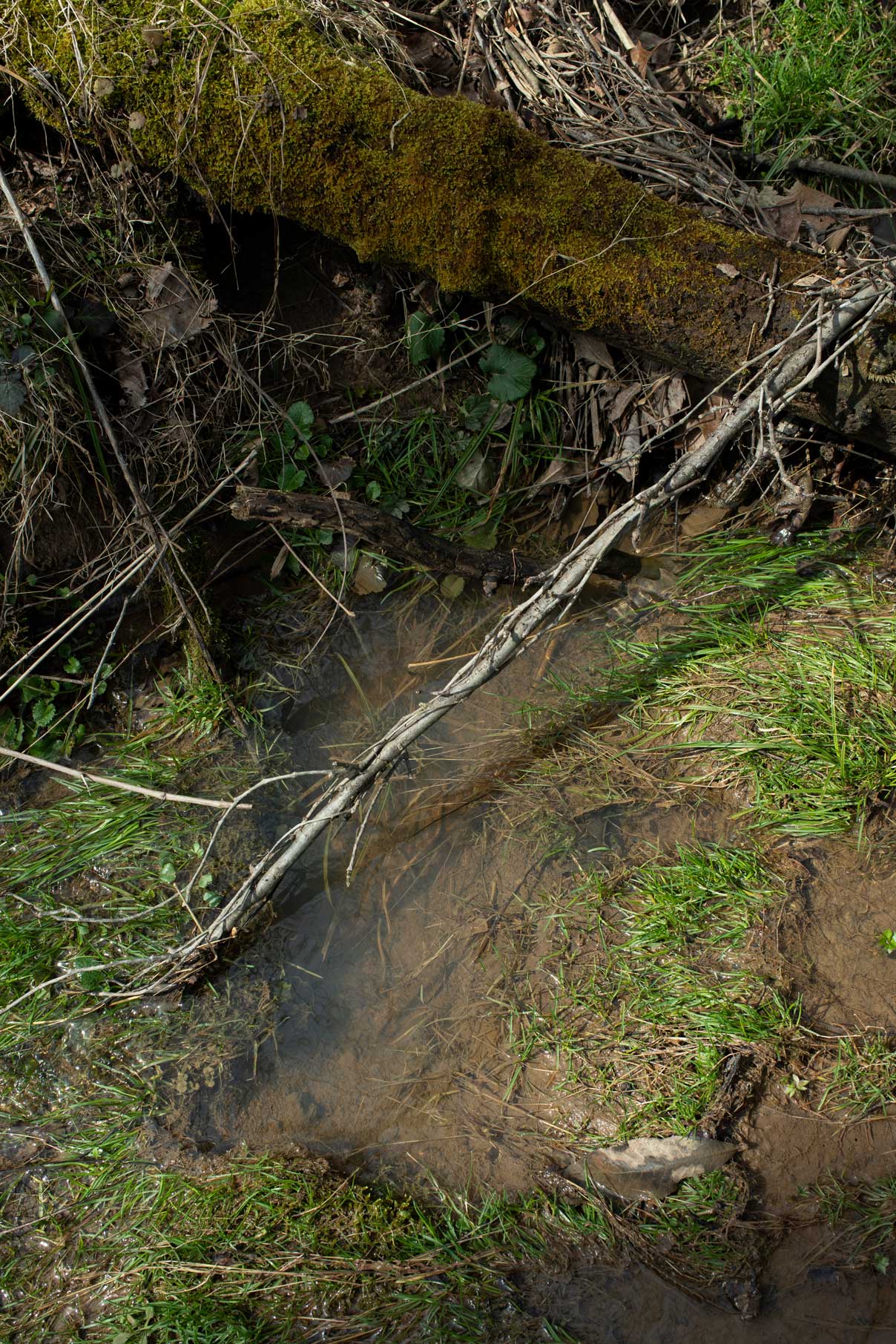
Trapping played an important role in Appalachian history and was once an extremely influential industry in the area. Trappers from all over the world would come to trap in the area in the 1700’s before Ohio was settled.
“Trapping is a part of the history of this country. You got to remember that that's what broke trails in this country. [Trappers] and hunters… they ended up being the scouts,” he says. While this industry did help to establish this area, it had its downsides because it pushed Native Americans off their land "which just irritates me because this is their ground," he says.
While the techniques may not have changed over the years, Vest has been sure to change the impact his trapping has on the environment. He leaves naturized areas on his property for animals to birth, graze, and be safe. He is careful not to over hunt any species or make drastic changes to his surroundings. Vest also appreciates everything the earth has provided for him over the years.
“I always thank God for what I harvest,” he says, “You have to thank that animal.”
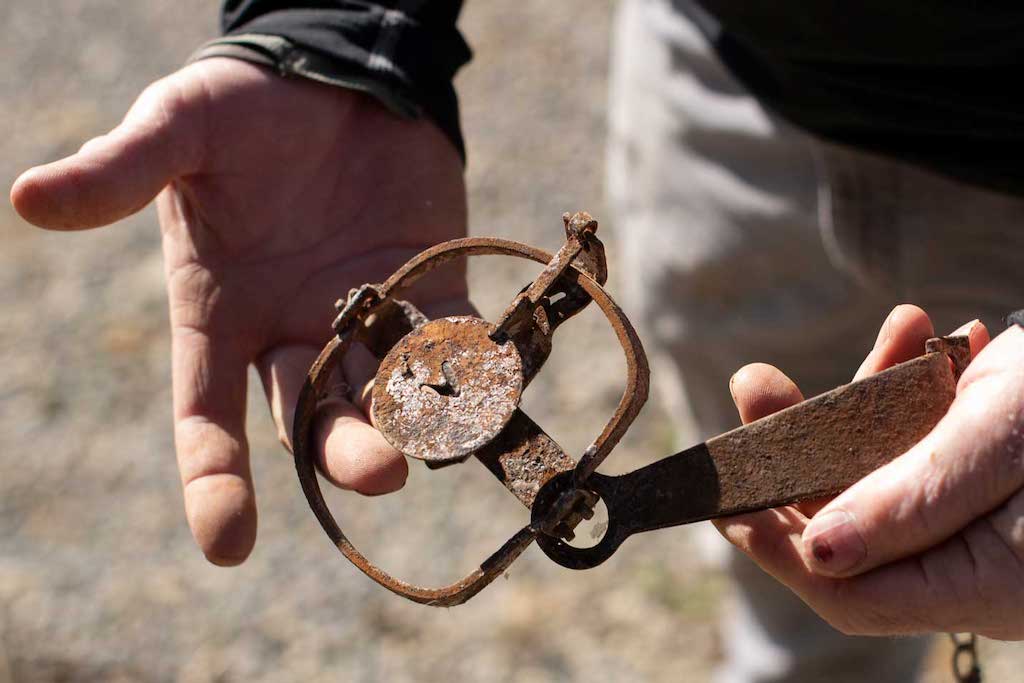
![Vest looks through his collection of lure scents in Stewart, Ohio, on March 31, 2022. Scents such as coyote urine and skunk essence have become common place for Vest over the years. Vest says he and his trapping friends were easily identifiable in high school because of the scents. “I think [people] smelled us.” He says with a laugh “We usually had mud on our boots, and, depending on what you got into, you might have smelled like a fox or something.”](images/land/Rick/Rick_StoryImage7.jpg)
Now, at 65, Vest wants to pass on his knowledge to a future generation of trappers. “Our grandkids are just now getting to the age where they're interested,” he says. When it comes to trapping, the best way to learn is from those who came before you.
“Talk to people... If you talk to them that’s where you’ll learn more than anything.”
With his new bounty of free time and usable farmland, Vest has also chosen to help support the community around him. Partnering with a local organization called Community Food Innovative (CFI), Vest has donated some of his land to grow crops for people in need of fresh fruits and vegetables.
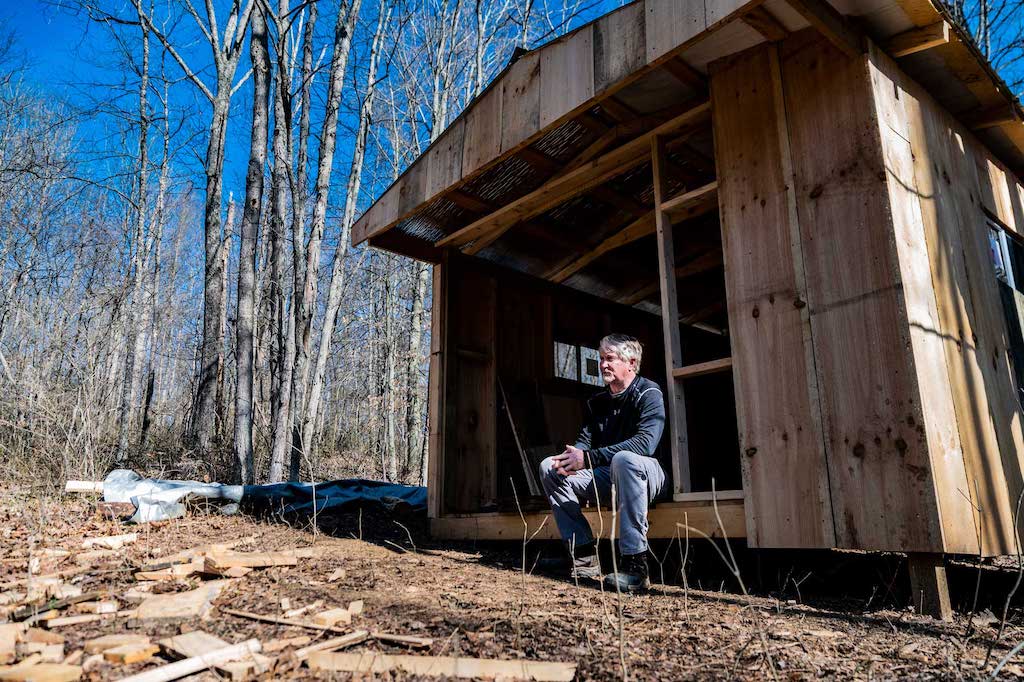
“I gave [CFI] some ground last year to plant themselves and harvest and they did a good job on it. And I thought if it went good that since I'm semi-retired this year, I have a lot extra ground and I'll give them more ground,” he says. “I want them to utilize it to help feed some people and hopefully everybody will prosper.”
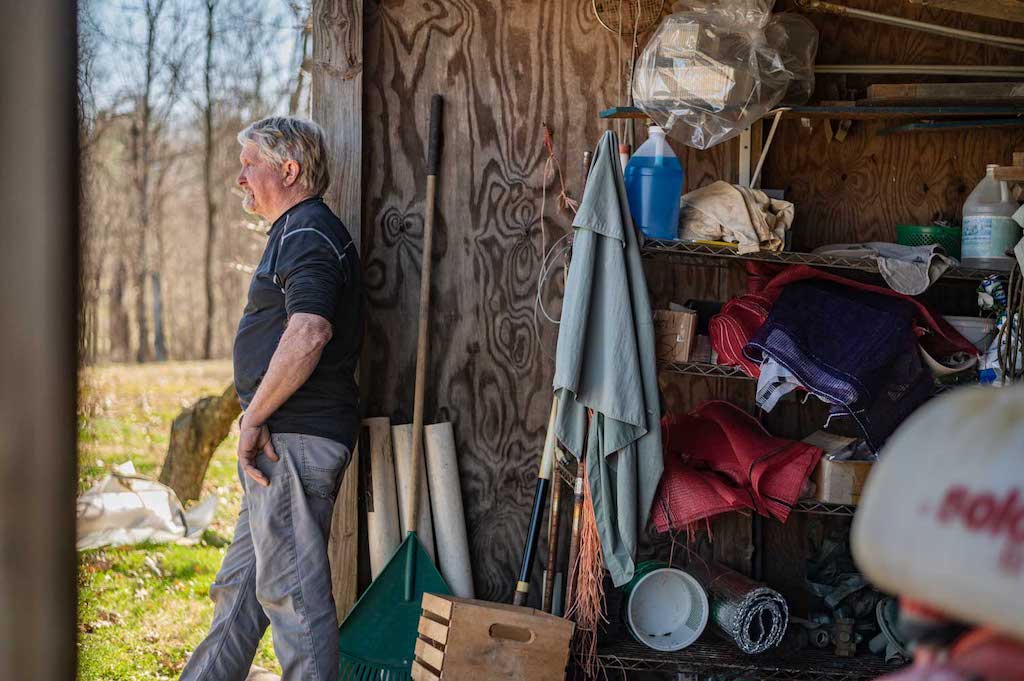
To learn more about Vests life as a trapper and his farm, listen to the audio story below.
The history of Ohio is incredibly vast and complex. Millions of people have passed through this area and left their own unique mark on the landscape, changing the state forever.
Read MoreTalcon Quinn, a local artist and craftsperson has learned through years of training how to utilize the resources around her in a way that may not occur to most.
Read More18,000 years ago, glaciers reshaped the Ohio landscape. These colossal walls of ice moved painstakingly slowly, flattening everything in their path. At the base of the ice lay a mountain of land that grew with every inch it moved.
Read More